Good plant culture prevents many house plant issues, but every indoor gardener needs to know the trouble signs, and how to deal with them.
Keeping house plant leaves clean helps prevent insect attacks.

Two items mentioned throughout this article include:
- Naural Pesticide Neem Oil
- Synthetic Pesticide Malathion
Both are good basic pest control products. Read the label and follow directions.
Spraying Neem oil on houseplants once a week is good trouble preventive, but spraying does not take the place of proper culture.
For convenience, keep a spray bottle of Neem mixed up. Follow the manufacturer’s directions.
Most insects attacking house plants are too small to be seen well with the naked eye. However, sucking types such as aphids, mealybugs, whiteflies, and scale are detected readily.
These pests leave a sticky substance, known as “honeydew,” which in turn acts as a host to sooty mold. A 20x-power pocket microscope (Amazon) will enlarge all pests for easy identification.
Aphids
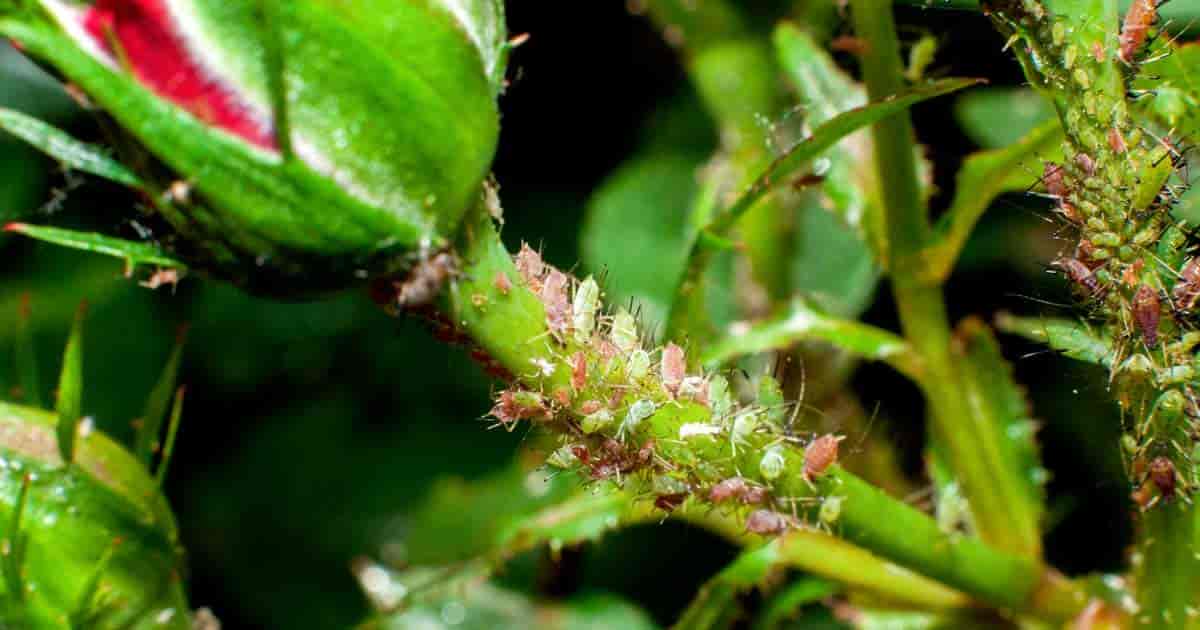
There are hundreds of different kinds of aphids (plant lice). They cluster on new growth, causing it to be discolored and malformed.
Eradicate them by the use of a Neem oil application or by spraying with malathion used according to labeled directions.
[easy-tweet tweet=”Aphids cluster on new growth, causing it to be discolored and malformed.”]
Cyclamen Mites
This pest is difficult to control. It is an infinitesimal creature capable of rendering horrendous damage to plants. This mite feeds on the growing tips of leaves, causing them to be deformed and stunted.
Mite damage is easily detected in African violets.
- The center leaves become thickly furred
- Petioles (leaf stalks) are visibly shortened
- Buds have enlarged stems dwarfed in length
- Flowers seem to open near the soil surface
Dispose of all badly infested plants and start new ones from fresh leaves. If some of the plants are irreplaceable, clean them by cutting out the infested part, and spraying the plant with a miticide.
African violet specialists can supply you with the best kind.
If you have a large collection of African violet plants, take constant precautions against cyclamen mites.
In decades past growers used sodium selenate a highly poisonous systemic pesticide. When applied to the soil, the plant’s roots would take up the sodium selenate, making all parts toxic to mites and other insects.
Damaged leaves will not grow out to natural size. It is often recommended to trash infested plants rather than attempt to control the Cyclamen mites.
While treating cyclamen-mite-infested plants, keep them isolated from others. Wash your hands well before touching other plants, for these mites are easily carried from one place to another.
Earthworms
While they are welcome inhabitants of the outdoor garden, earthworms have no place indoors.
Drench the soil with water to try and force the worms out. Chemicals can be used but we try to avoid their use.
Gnats
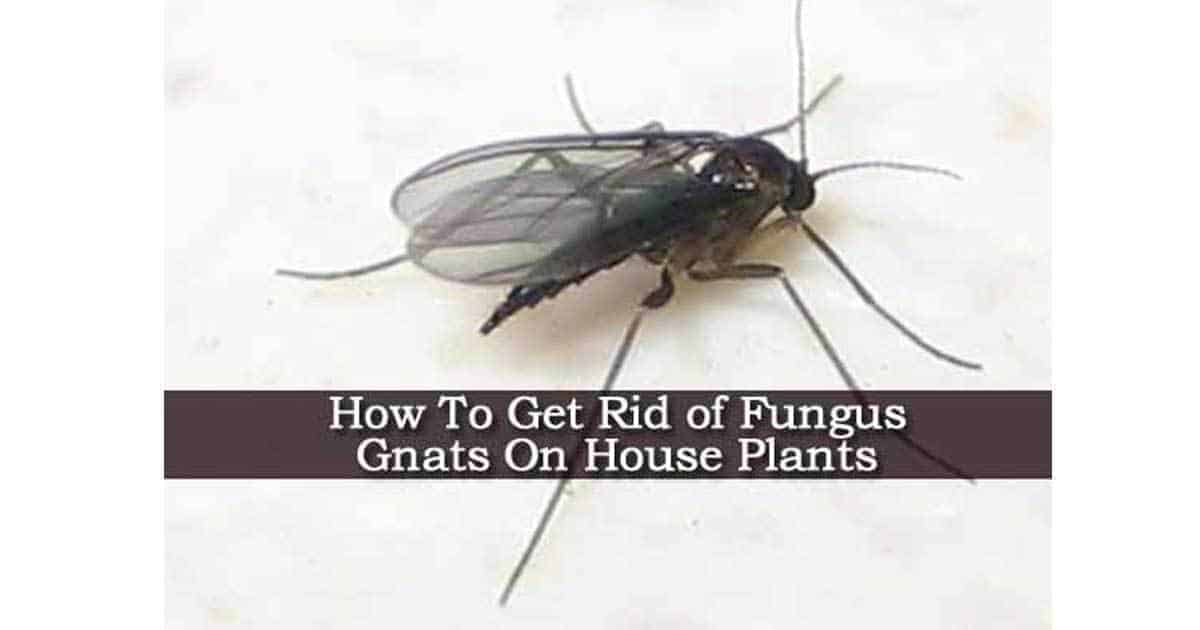
These gray to near-black insects are about one-eighth inch in length.
The adults, while harmless to plants, are a nuisance to have around.
They hatch from whitish maggots, about one-fourth inch in length, which are likely to be in soils containing decaying plant material (wood products).
A severe infestation of the maggots can damage plant roots. Eradicate by drenching with Neem Oil or a Malathion drench. Follow the label for directions.
More on –> How to Get Rid of Gnats in Houseplants
Mealybugs
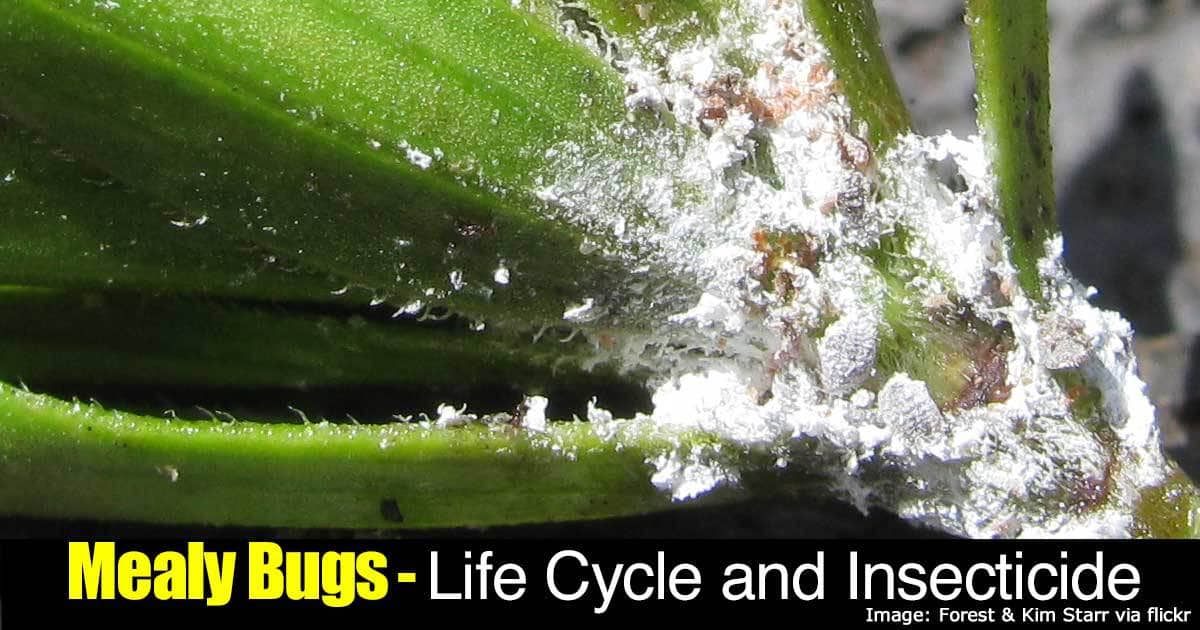
These are soft insects covered with waxy powder. Mealybugs look like specks of cotton on a plant. If there are but a few, kill by touching them with a small cotton-tipped stick dipped in alcohol or nail-polish remover.
House plant sprays of Neem oil or ones containing malathion will eradicate more severe infestations.
Read: How To Treat Mealybugs on African Violets
Nematodes
These minute eelworms suck the juice from plant roots and leaves, producing brown areas between the veins. Root nematodes cause knots or swellings on the roots.
It is best to burn plants and soil infested with nematodes. There are several nematocides along with parasitic nematodes is one kind of nematode that will kill young nematodes.
Sterile soil is the best nematode preventive.
Red Spider Mites
The mites are too small to be seen with the naked eye. These pests spin fine webs on the undersides of leaves. They suck out plant juices until the leaves become nearly transparent.
Spray firm-leaved plants such as amaryllis and English ivy repeatedly with a forceful stream of cold water. Any house plant spray listed on the label as a miticide will destroy red spider mites.
Plant Scale
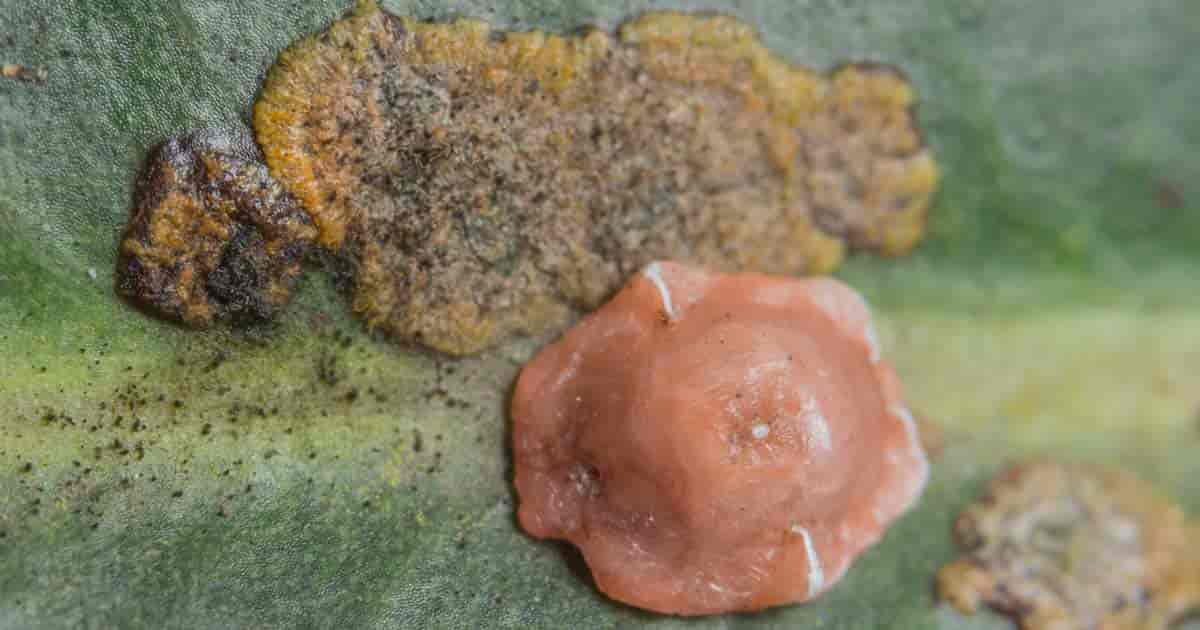
Hard or soft scales are brown or black, round, slow-moving insects.
If the infestation is small, and the plants are glossy-leaved ones, such as citrus, or English ivy, remove the scale by washing the leaves with a solution of strong soapsuds.
Otherwise, spray with neem oil or use a regular house plant pesticide spray application.
More on –> How to Get Rid of Scale on Plants
Slugs & Snails
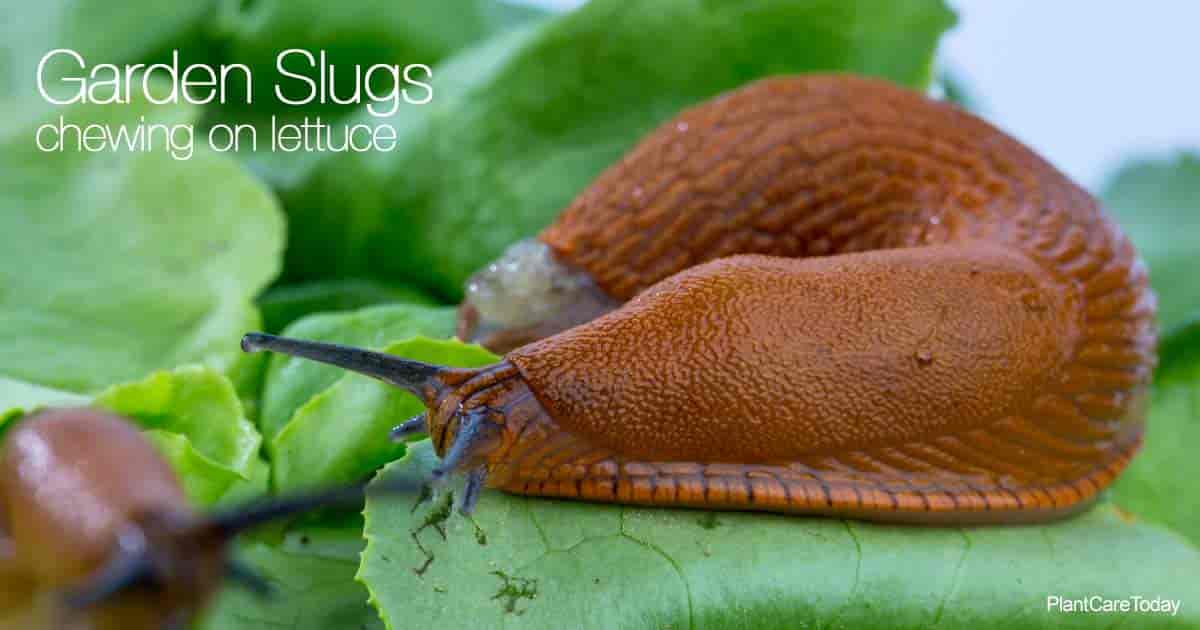
Slugs and snails are unpleasant are soft, slimy, and legless creatures. Outdoors, they may grow to a length of 4″ inches, but the indoor gardener usually has to contend with nothing longer than one inch.
Wherever slugs find a home, snails may be present also. Both pests damage all plant parts, especially, it seems, the leaves of one’s most prized plants. Soft, slimy slug likes tender leaves such as one on a wax begonia.
Constant vigilance in plant sanitation is the best control measure to prevent these pests from damaging a house plant collection.
If this fails, use diatomaceous earth or a commercially prepared bait containing metaldehyde, following container directions.
More on –> How to Keep Slugs Away
Sowbugs and Pillbugs

These annoying pests have segmented, shell-like bodies. The sowbug is oval, up to one-half inch in length, and usually gray in color.
When you expose one at work (eating decaying organic matter, and sometimes tender plant parts), it runs for cover.
Pillbugs (Roly Poly Bug) roll up in a ball. Eradicate both by the use of malathion mixed according to directions given on the label.
Springtails
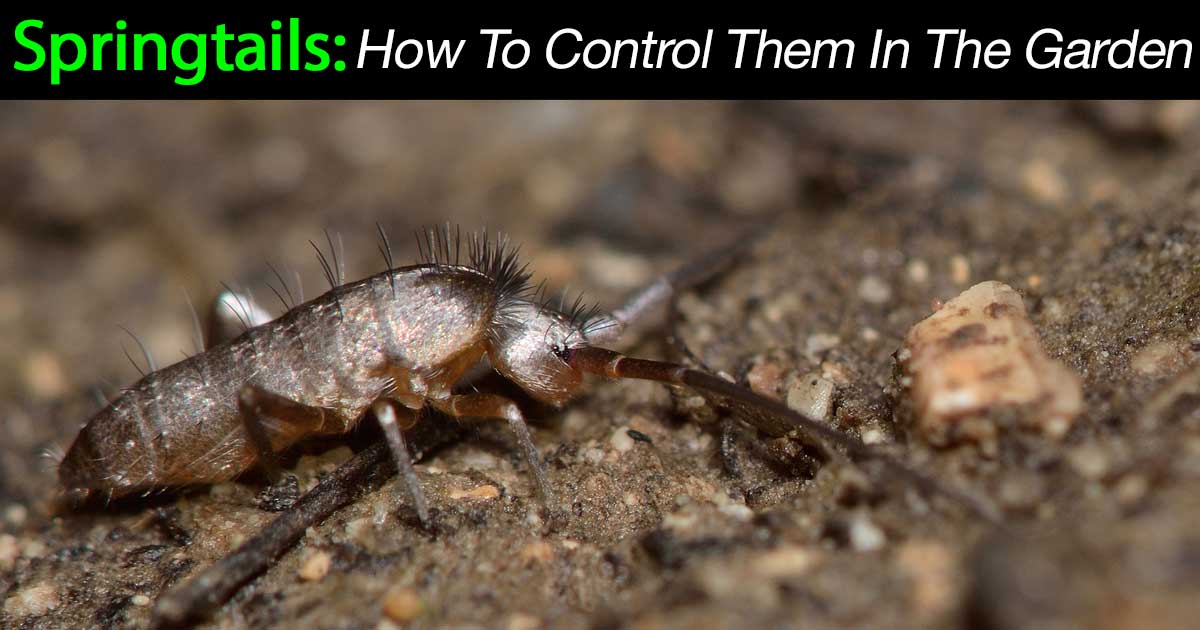
The near-microscopic insects which scurry busily on the surface of humusy, moist potting soil are called springtails.
Sometimes they damage tender seedlings. They are often confused with the harmless, though annoying, psocids living in similar conditions, which you may have seen between the leaves of old, slightly damp books or magazines.
How to kill springtails? Both nuisances can be eradicated from indoor gardens by spraying the soil surface and lower plant parts with Neem oil or malathion, mixed according to directions on the label.
Thrips
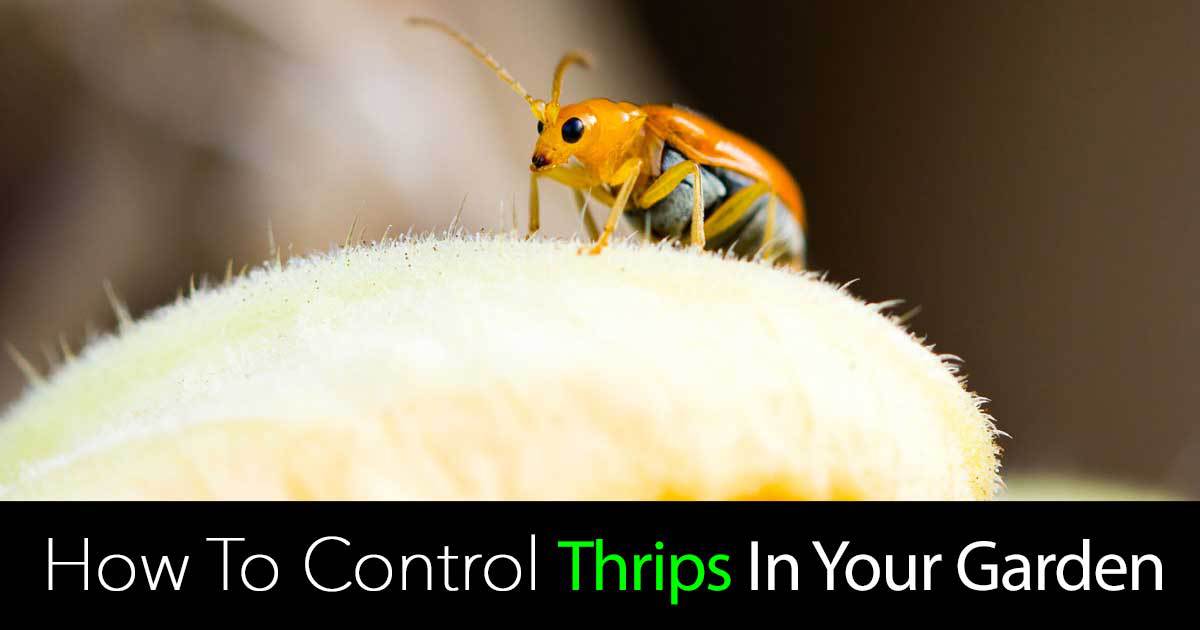
These small sucking insects feed on the juices of foliage and flowers.
They rasp away the plant tissue, leaving thin papery scars. In the outdoor garden, they are especially prevalent on gladiolus.
Indoors, thrips favor gloxinias. A house plant pesticide containing malathion or neem oil will help control them.
More on –> How to Kill Thrips
Whiteflies

These small insects cluster on the undersides of leaves, eventually turning them yellow.
They attack begonias, citrus, fuchsias, geraniums, Abutilon plants, and Gardenias. Use a house plant neem or malathion spray for control.
Details on –> How do you Get Rid of Whiteflies
Other House Plant Problems
Not all troubles with indoor plants stem from insects. Some of them result from improper growing conditions, described below.
10 Tips To Diagnose House Plant Troubles
#1 – Leaf edges crisp and brown; new growth may quickly wither
Cause: Too much heat. Not enough humidity. Uneven soil moisture.
Remedy: Lower temperature, preferably to plant’s ideal range. Increase humidity for plants. Avoid letting the soil dry out severely, then flooding.
#2 – Lower leaves yellow, drop off
Cause: Improper growing conditions or age.
Remedy: Avoid temperature extremes. Provide more humidity, except with geraniums, where the need may be for more fresh air. Check to be sure soil is kept evenly moist.
The plant may need biweekly feedings of soluble fertilizer. Be sure there is no gas leakage in your house. After you take all these precautions, a yellow leaf probably indicates that it has matured, and is ready to be clipped off the plant.
#3 – Leaves appear lifeless, plant wilts frequently, and requires daily watering
Cause: Temperature too high; pot too small.
Remedy: Provide a less torrid atmosphere. Transplant to a larger container.
#4 – Yellowish brown, sometimes silvery, spots on leaves
Cause: Too much sun.
Remedy: Provide more shade. Often this occurs when plants are outdoors in summer.
#5 – New foliage growth is yellow
Cause: Lack of acidity
Remedy: Water plant with a solution of 1 oz. iron sulfate (iron chelate) dissolved in 2 gals. water. Repeat at biweekly intervals until growth is the proper color.
A common problem with Azaleas, Camellias, Citrus, and Gardenias.
#6 – White or yellowish rings and spots on foliage
Cause: Coldwater on roots and leaves.
Remedy: Always moisten the soil with water at room temperature. Don’t let hot sunlight shine on foliage that has drops of water on it. Watering roots of tropical plants with icy water causes leaf spotting the same as if it were placed directly on the foliage.
#7 – No flowers
Cause: Not enough sun. Lack of moisture. Too much fertilizer.
Remedy: Provide more sunlight, or move the plant closer to artificial lighting. Increase humidity. Be careful to keep soil evenly moist at all times, or as directed for your specific plant. Feed less; don’t use a fertilizer with high nitrogen content at the time of year when the plant normally blooms.
#8 – Flower buds drop
Cause: Improper growing conditions.
Remedy: Avoid high or fluctuating temperatures. Be certain the plant is not in a draft. Provide at least 40% relative humidity; misting foliage and flower buds twice daily may help.
#9 – Stem gradually turns to mushy brown or black rot; leaves wilt
Cause: Improper moisture conditions.
Remedy: Don’t water as much or as often; check to see if the soil drains properly. Root cuttings of remaining healthy growth, discard the old plant. A common problem with Begonias, African violets, Gloxinias, and Geraniums.
#10 – Growth of plant is slow, no flower buds form
Cause: Improper growing conditions.
Remedy: Study carefully the environment of your plant. Check soil, light, moisture, feeding, soil, light, moisture, feeding, humidity, temperature. Be sure you are meeting the plant’s cultural requirements and there is no insect infestation.